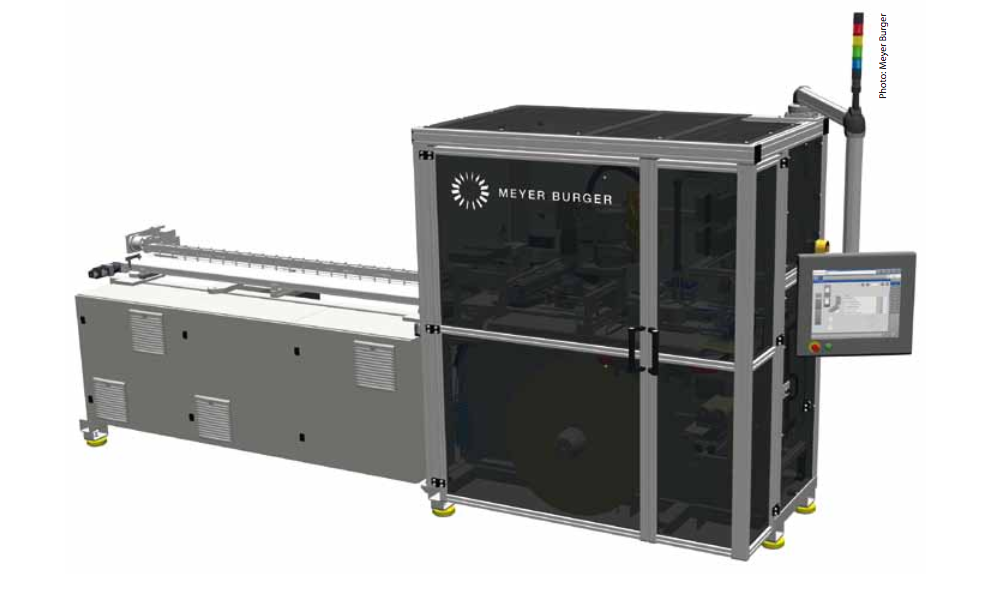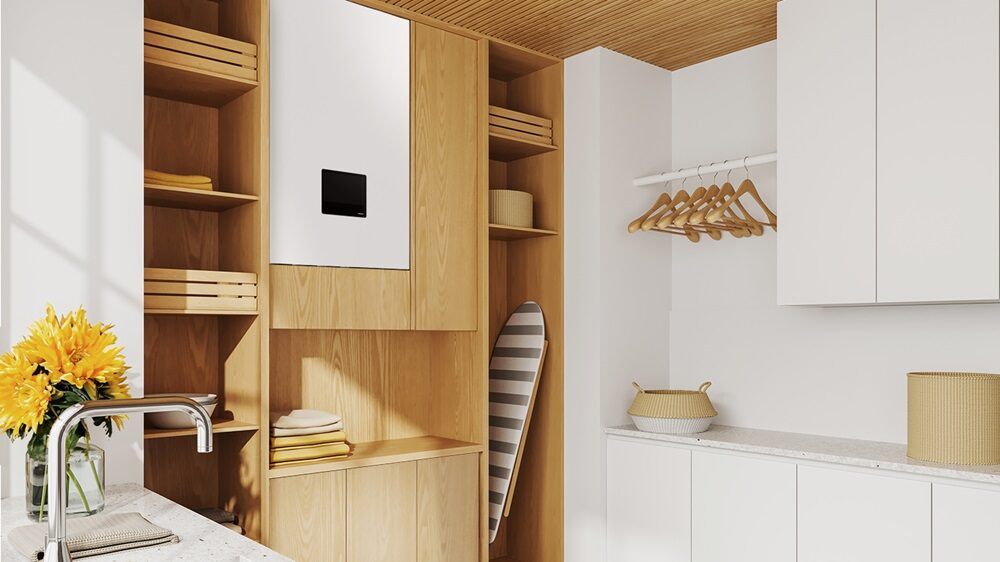More good news for Meyer Burger, which earlier this week said it expects to return to profit in H1 2018, after several years of losses.
Today it announced it will deliver a 200 MW solar module production line to an “important” Southeast Asian module manufacturer. Heterojunction (HJT) solar cells will be supplied by an unidentified external party.
The line is expected to be commissioned in the first half of 2019. No further details were available.
Technology highlight
In pv magazine’s Technology Highlights 2018 special, published this May, the award jury recognized both Meyer Burger’s next generation diamond wire saw platform, and its SWCT (SmartWire cell connection technology) stringer platform.
From the special:
The company’s stringer boasts a throughput of 1,666 cells per hour on a footprint of 10 m², adding up to 130 MW annual capacity, which it says makes it the smallest stringer available in the industry. It utilizes a new approach to grip and hold the cells during stringing. The nature of the technology means that no additional components are required, other than the cells and the foil wire assembly.
Seen by many as the next step in cell interconnection, SWCT utilizes a foil wire electrode to connect cells, greatly reducing the consumption of costly silver in cell production by up to 65% in PERC/PERT modules, and by up to 75% for heterojunction technology. The round wires used in SWCT also reduce shading on the active cell surface by up to 25% compared with standard busbar technologies, says Meyer Burger, due to the sunlight being reflected on the round surface and back into the module.
In December 2017, the company announced it had achieved a 335 W power output on a heterojunction module utilizing SWCT. SWCT can further boost a module’s lifetime and durability, by creating a dense wire contact matrix on the cell, able to cope with increased power extraction.
Meanwhile, Meyer Burger states that the gripper technology utilized in this stringer represents a completely new approach to holding cells in place for stringing, and does not use mechanical stress and partial stress, but rather applies a uniform on the surface of the cell.
Commenting, the judges – Andrew Blakers, professor at Australian National University, Peter Fath, managing director of RTC Solutions, Rainer Gegenwart, CTO of Phanes Group, Pierre Verlinden, MD of Amrock, Xiaoting Wang from BNEF and Edurne Zoco, from IHS Markit – said, “This tool offers several notable advantages over traditional metallization processes.”
They added, however, that while the technology is innovative, most other companies are moving towards multiwire technology.
This content is protected by copyright and may not be reused. If you want to cooperate with us and would like to reuse some of our content, please contact: editors@pv-magazine.com.




By submitting this form you agree to pv magazine using your data for the purposes of publishing your comment.
Your personal data will only be disclosed or otherwise transmitted to third parties for the purposes of spam filtering or if this is necessary for technical maintenance of the website. Any other transfer to third parties will not take place unless this is justified on the basis of applicable data protection regulations or if pv magazine is legally obliged to do so.
You may revoke this consent at any time with effect for the future, in which case your personal data will be deleted immediately. Otherwise, your data will be deleted if pv magazine has processed your request or the purpose of data storage is fulfilled.
Further information on data privacy can be found in our Data Protection Policy.